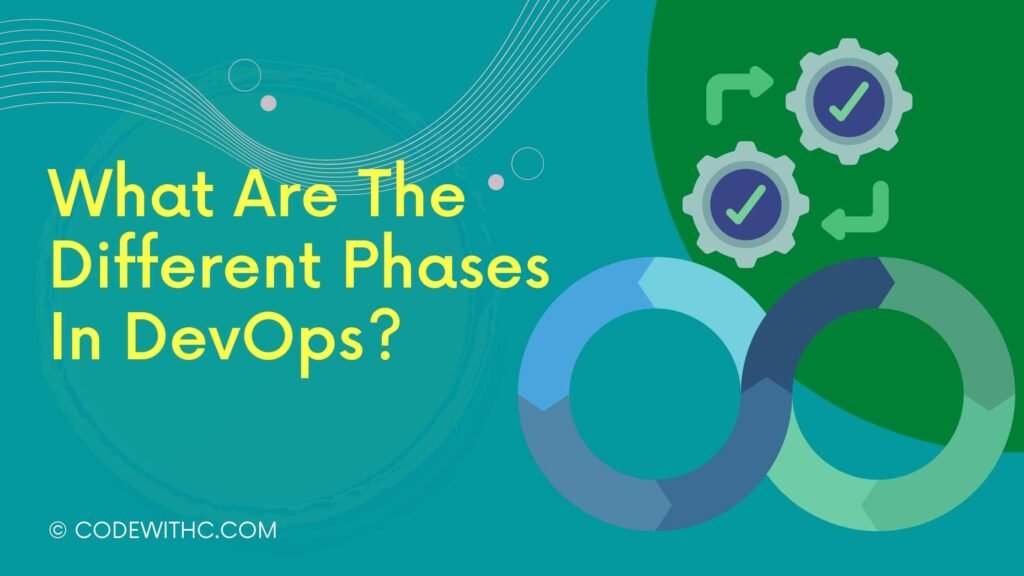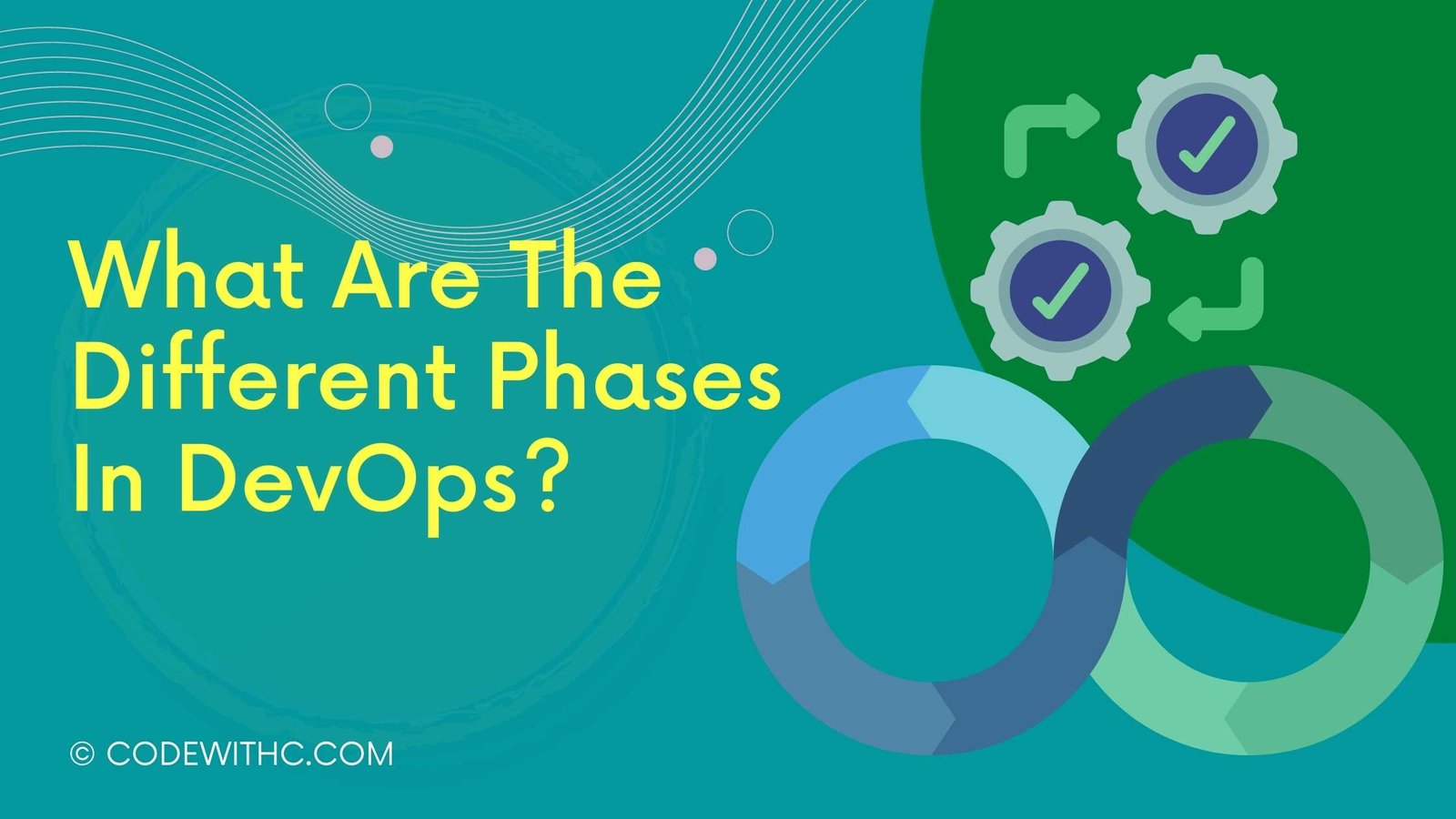DevOps is a software development methodology that seeks to ensure the process of delivering new software to users is efficient, predictable, and repeatable. DevOps is also a cultural approach to collaboration between developers and operations teams. A DevOps approach requires that these two groups work closely together to ensure the software is developed efficiently. The goal of the DevOps approach is to shorten the time between writing code and having the new software delivered to users. The shorter time between writing code and having the new software delivered to users is known as the “time to market”. This shorter time to market is considered desirable because it provides businesses with the opportunity to react faster to changing business requirements.
The term DevOps is used in the context of software delivery. However, DevOps is not just about the development and deployment of software. DevOps should be applied to the entire lifecycle of software development. In short, DevOps is a cultural approach to collaboration between developers and operations teams. The DevOps approach emphasizes close collaboration between developers and operations teams. The DevOps approach focuses on improving the communication and collaboration between these two groups, thereby speeding up the time to market. DevOps is a methodology that includes a set of practices, tools, and technologies. There are different phases in DevOps, and each phase focuses on one or more of the practices, tools, and technologies that are associated with DevOps.

A look at the different phases in the DevOps lifecycle
DevOps is a movement aimed at improving the way developers and IT professionals work together, and the benefits of the approach have been well documented. Most of the time, when companies adopt DevOps, they find they have fewer problems and less downtime. That’s because DevOps encourages communication across teams and departments. This is why so many companies are adopting DevOps today. But the journey isn’t always smooth, and it’s important to understand the different phases along the way.
In this blog post, I’ll examine each of those phases in detail. There are different ways to look at the DevOps lifecycle, but I’m going to focus on how the Agile Manifesto, which is the de facto standard for DevOps, describes the phases.
The Agile Manifesto, written by members of the Scrum Alliance, is the core manifesto for the movement. The document outlines four values that drive the DevOps philosophy:
- Continuous Integration
- Continuous delivery
- Responsibility
- Transparency
The manifesto outlines these values through eight principles. The first principle states that software development should be “a collaborative effort” and that the best projects are ones where all stakeholders work together. The second principle says that a “developer should be empowered to make decisions about the product” and that “software development teams should be cross-functional.” The third principle explains that “the best architectures, requirements, and designs emerge from self-organizing teams.” The fourth principle tells us that “working software is the primary measure of progress.” The fifth principle is that “Agile processes promote sustainable development.” The sixth principle states that “Agile processes promote flexibility and responsiveness to change.” And the seventh principle declares that “working software is the primary measure of progress” and that “timely feedback and continuous integration are essential.”
The eighth principle states that “all members of the team actively participate in and contribute to the planning and execution of the project” and that “all members of the team must maintain a constant awareness of the systems they are working on and the impact of their actions.”
These eight principles are all about collaboration and the idea of being open and transparent with the rest of the organization. They also lay out the value of having a DevOps culture.
Each phase in the DevOps lifecycle falls within a specific phase of the agile manifesto. Let’s take a look at each of the phases.
Initial phase
During the initial phase, the company is still trying to figure out how DevOps can benefit the business. During this phase, the company is not ready to fully adopt the DevOps philosophy, and the people who are making the decision to adopt DevOps may not have the technical expertise to make the best use of the new methodology. This is a great time to start engaging in DevOps, and you should definitely start to ask questions about how the new process can benefit your company. You may also want to consider implementing DevOps throughout your organization, because you never know where the greatest need for it will lie.
Sprint phase
Once the company has decided to adopt DevOps, it’s time to start moving into the sprint phase. During this phase, the focus will be on integrating new tools and technologies into the organization. It’s also time to start thinking about how the DevOps process will affect your organization, and that can be difficult. It’s also important to remember that the first time you adopt DevOps, you will make mistakes. So don’t stress if the company struggles with the implementation, or if you make mistakes. Just make sure that you learn from those mistakes.
Continuous Delivery
During the continuous delivery phase, the focus will be on integrating new tools and technologies into the organization and making sure that the tools are working well. It’s also important to remember that you won’t be able to eliminate all of the bugs that appear in your products. So it’s important to have an automated testing and deployment process in place.
Build and Deploy
The build and deploy phase of the DevOps lifecycle is when the company starts to realize the true benefits of DevOps. During this phase, the focus will be on automating the deployment process. It’s also important to remember that automation is the key to DevOps, and the more the company automates the process, the more the company benefits.
Maintenance
During the maintenance phase, the focus will be on managing the tools and technologies that are in place. This phase can often be a bit boring, but it’s important to remember that you can never stop learning and improving the skills that you’ve already learned.
There are many other phases in the DevOps lifecycle. However, the above list should give you an idea of how each of the phases of the DevOps lifecycle works.
In conclusion, the idea of DevOps isn’t a new one, but it is something that hasn’t been widely adopted because of the challenges associated with implementing it across a large, global workforce. The adoption of DevOps depends on the culture of the organization. DevOps adoption is driven by the people in an organization, who are responsible for driving the culture change. For example, if DevOps is embraced at the executive level, then the rest of the organization will follow. If DevOps is embraced by all employees, DevOps becomes the way of life, and not just something you do. However, you have to start small. Don’t worry about adopting DevOps on a massive scale because you’ll have to do that later. Start small. Start with one team. Start with the development team. Start by taking control of the deployment process. Start with improving the continuous delivery cycle, which in turn will help reduce the overall time to market.







